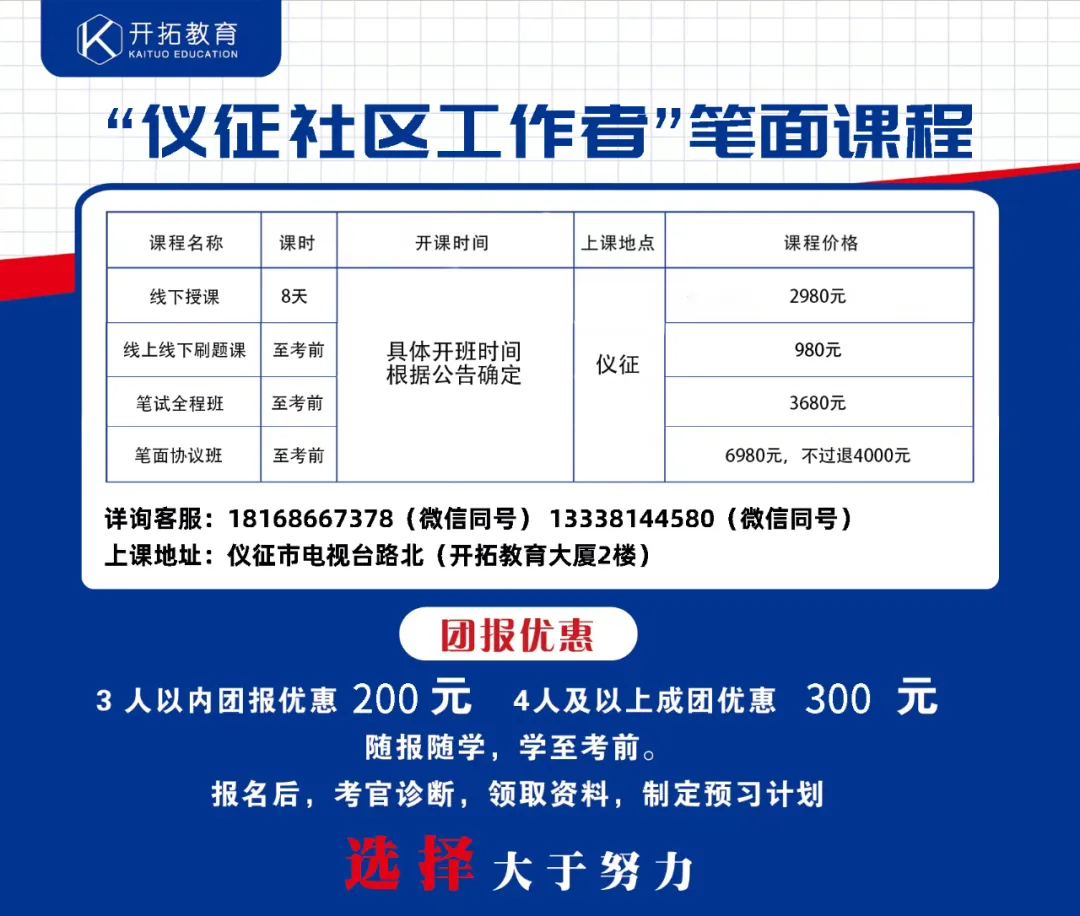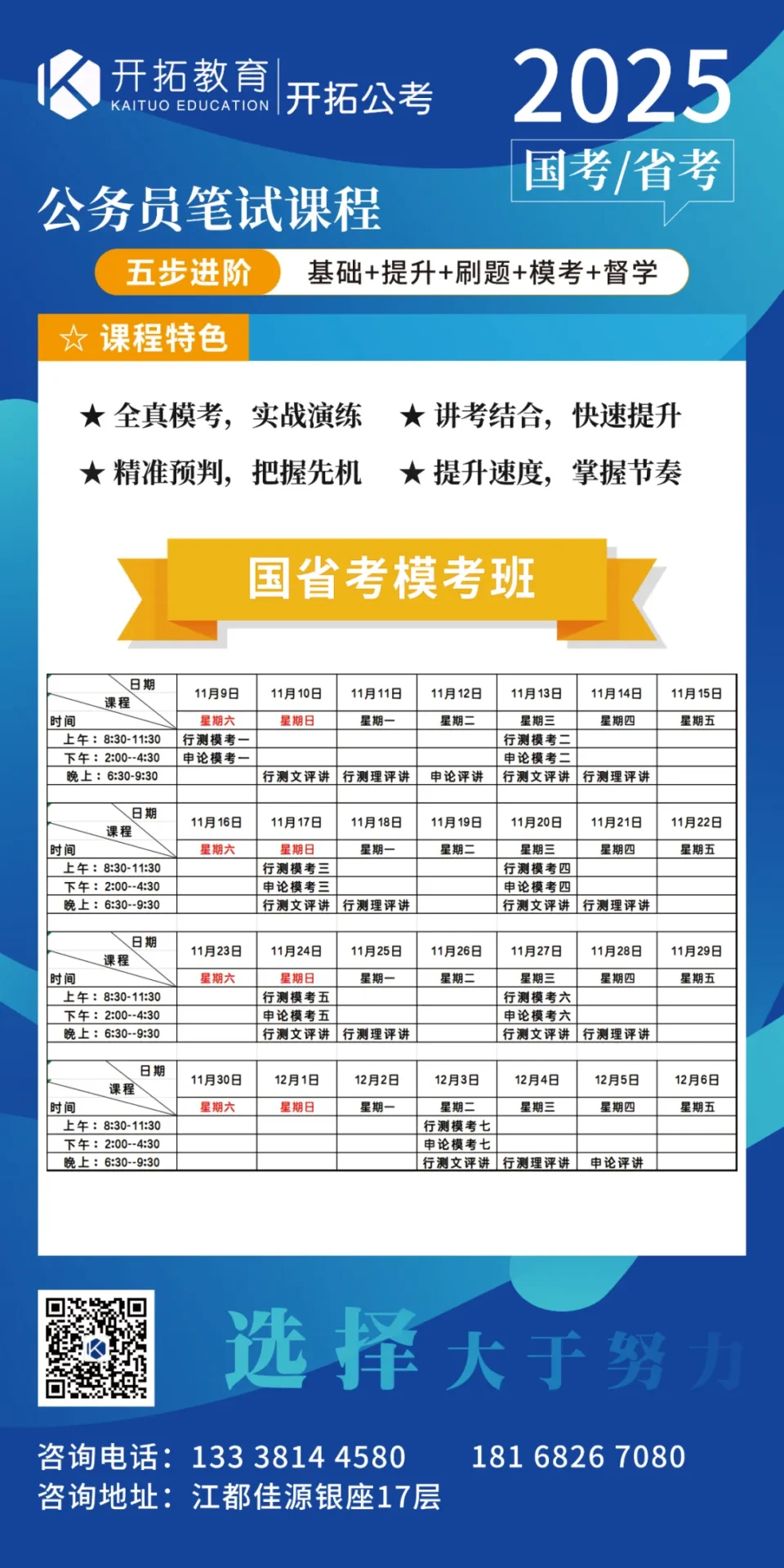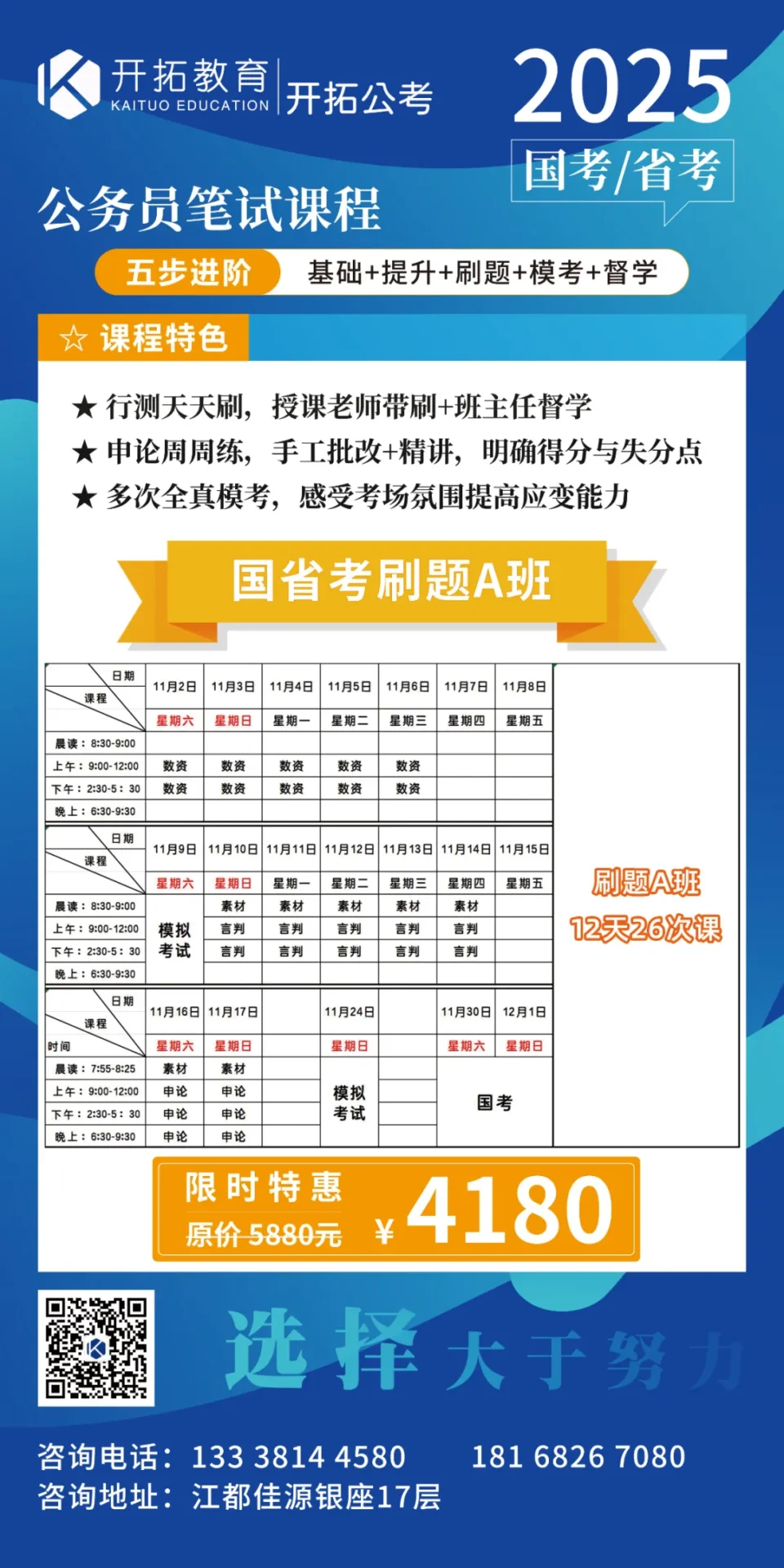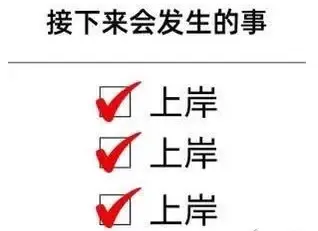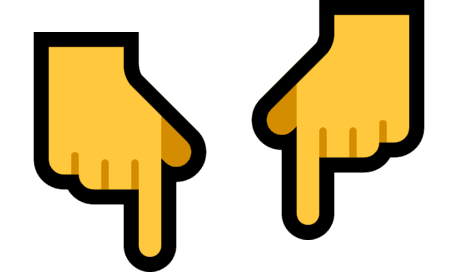1. Overview
The Internet of Things (IOT), referred to as “the Internet that connects everything,” refers to the use of various information sensors, radio frequency identification technology, global positioning systems, infrared sensors, laser scanners, and various devices and technologies to collect real-time data on any object or process that needs monitoring, connection, and interaction. It gathers various types of information such as sound, light, heat, electricity, mechanics, chemistry, biology, and location, and through various possible network access, it achieves ubiquitous connections between objects and between people and objects, realizing intelligent perception, recognition, and management of items and processes.
It is an important component of the new generation of information technology and a significant development phase in the era of “informationization,” encompassing two layers of meaning: first, the core and foundation of the Internet of Things is still the Internet, which is an extension and expansion of networks based on the Internet; second, its user end extends and expands to any item and item for information exchange and communication, which is the interconnection of things.
The Internet of Things, through intelligent sensing, recognition technology, and ubiquitous computing communication sensing technologies, is widely applied in the fusion of networks, and is therefore referred to as the third wave of world information industry development following computers and the Internet.
2. Features
1. Connecting Everything
The Internet of Things forms a vast network by combining various information sensing devices with networks, enabling interconnection between people, machines, and things at any time and place; the Internet of Things can connect everything.
2. Overall Perception
The Internet of Things can utilize sensing devices such as radio frequency identification, QR codes, and intelligent sensors to perceive and obtain various types of information about objects, allowing for overall perception.
3. Reliable Transmission
The Internet of Things integrates the Internet and wireless networks to transmit object information in real-time and accurately for information exchange and sharing; the Internet of Things can ensure reliable transmission.
4. Intelligent Processing
Using various intelligent technologies to analyze and process the data and information sent from sensing, achieving intelligent monitoring and control; the Internet of Things can perform intelligent processing.
3. Technologies and Applications
1. Technologies
The Internet of Things technology mainly includes radio frequency identification (RFID), infrared sensors, global positioning systems, and laser scanning.
1. Radio Frequency Identification Technology
Radio frequency identification technology is one of the core technologies of the Internet of Things. This technology mainly relies on electric and magnetic fields for information transmission, allowing specific targets to be identified and relevant data to be read and written without establishing mechanical or optical contact between the identification system and the specific target. Through RFID, objects can be included in the scope of the Internet of Things.
2. Applications
The “2018 Internet of Things Industry Application Research Report” compiled the development of the Internet of Things industry, with application areas including logistics, transportation, security, energy, healthcare, construction, manufacturing, home, retail, and agriculture. The application fields of the Internet of Things cover various aspects, effectively promoting the intelligent development of infrastructure areas such as industry, agriculture, environment, transportation, logistics, and security, leading to more rational use and distribution of limited resources, thereby improving industry efficiency and effectiveness.
1. Digital Museum
The digital museum brings physical museums online through technological means. Through audio explanations, real-world simulations, and three-dimensional displays, users can virtually appreciate precious exhibits and more conveniently obtain information and knowledge via the Internet. The application of Internet of Things technology has brought innovation to the information interaction model of digital museums, enabling multi-source real-time information acquisition and processing, promoting advancements in intelligent museum environments and surrounding computing technologies.
2. Smart Home
Smart home uses residential platforms, integrating home-related facilities using comprehensive wiring technology, network communication technology, security prevention technology, automatic control technology, and audio-visual technology to construct an efficient management system for residential facilities and family schedules, enhancing home safety, convenience, comfort, and aesthetics, while achieving an environmentally friendly and energy-saving living environment.
3. Barcode
Barcodes are codes defined by the International Article Numbering Association used to represent retail goods, non-retail goods, logistics units, and participant locations. The encoding of product barcodes follows the principle of “one item, one code,” allowing corresponding products to be connected to the Internet and perform information exchange through barcode recognition.
4. QR Code
QR codes are a popular encoding method on mobile devices in recent years, capable of storing more information than traditional barcodes and representing more data types. Following the principle of “one item, one code,” they can include corresponding items into the Internet of Things through technological recognition.
